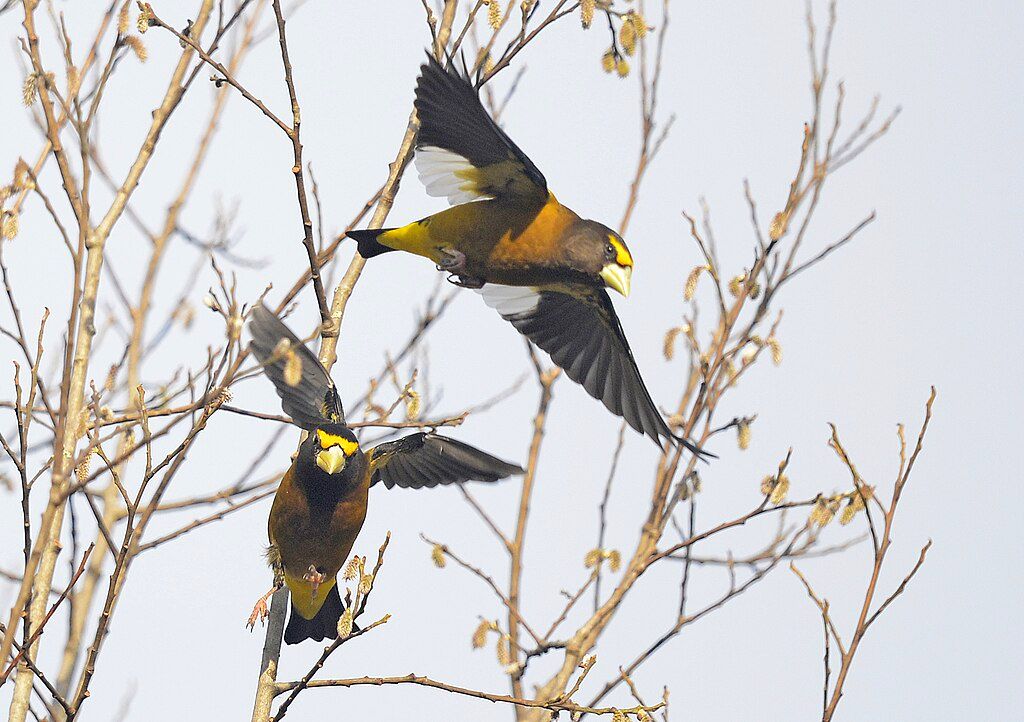
14 October 2024
When North Americans go south for the winter they do it to escape the cold. When boreal finches leave Canada in autumn it’s not about cold, it’s about food.
Winter finches are cold hardy and could stay up north all year but when seed cones and fruit are in short supply they fly south to find food. Every year the Finch Network examines finch food crops across Canada and predicts southward movement by species. Their 2024-25 Winter Finch Forecast came out in late September, summarized below.
This winter we will NOT see these species.
- Pine grosbeaks (Never come to southwestern PA anyway.)
- Redpolls
- White-winged crossbills
- Red crossbills
- Redpolls (It feels like a very long time since redpolls came to PA.)
- Bohemian waxwings (Never come to southwestern PA anyway.)
But we may see …
Purple finch (Haemorhous purpureus)
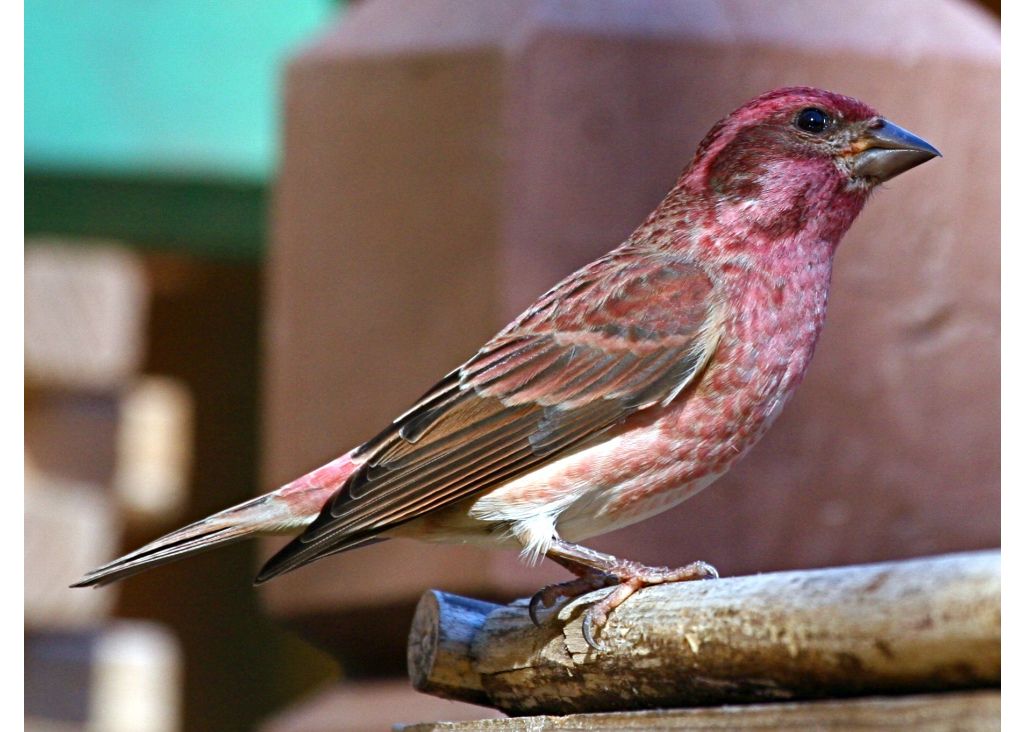
This year, the majority should leave Canada with a likely moderate flight to the Great Plains and southern United States. … At feeders, they prefer black oil sunflower seeds.
— 2024-25 Winter Finch Forecast
Pine siskin (Spinus pinus)
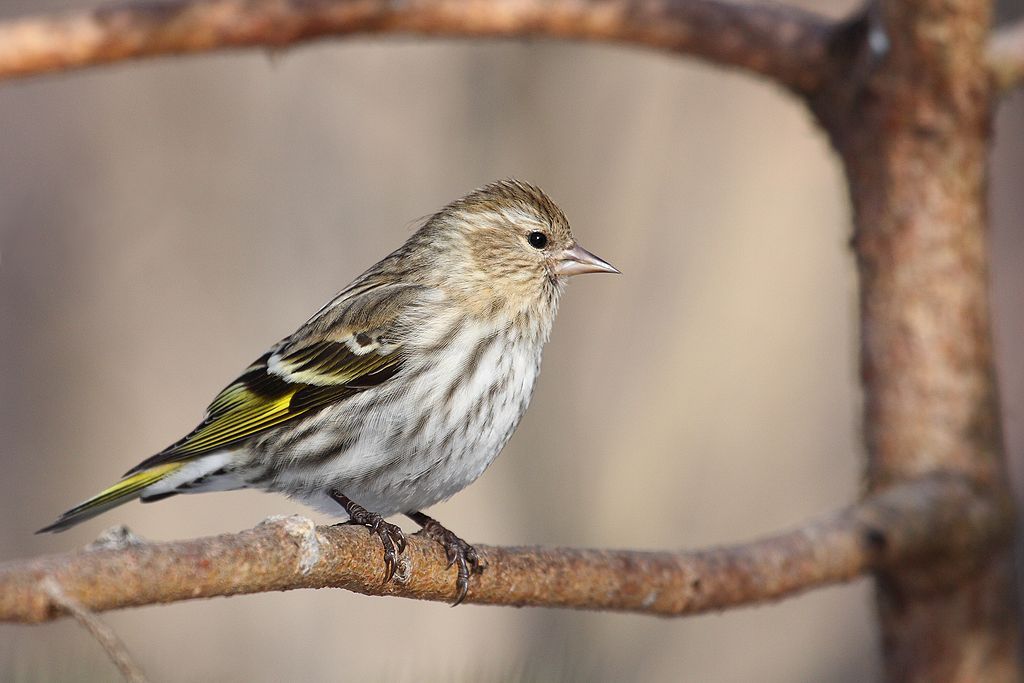
Areas from Manitoba eastward affected by Spruce Budworm infestations have a poor cone crop. Siskins that bred in these areas will be on the move. While band recoveries show siskins will move straight across North America from coast to coast, there should be some small movement south in the eastern half of the United States this fall in search of food.
— 2024-25 Winter Finch Forecast
Evening grosbeak (Coccothraustes vespertinus)
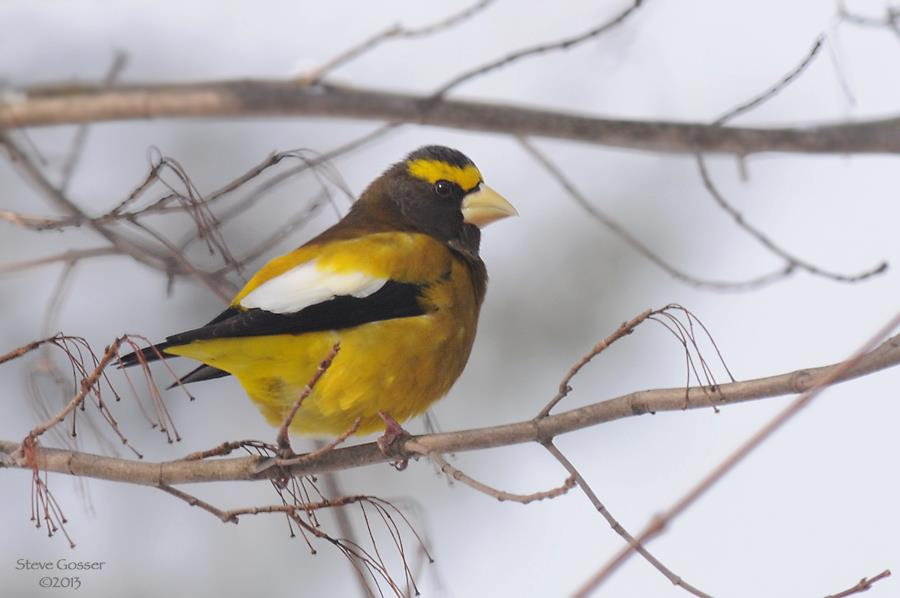
Spruce budworms caused problems with the cone crop this summer but there were lots of berries. However, the berries gone now so…
Evening Grosbeaks should visit areas from the Maritime provinces south towards Pennsylvania. Areas even further south to the mid-Atlantic states may see grosbeaks this winter.
— 2024-25 Winter Finch Forecast
These species are not finches, but are part of the prediction.
Red-breasted nuthatch (Sitta canadensis)
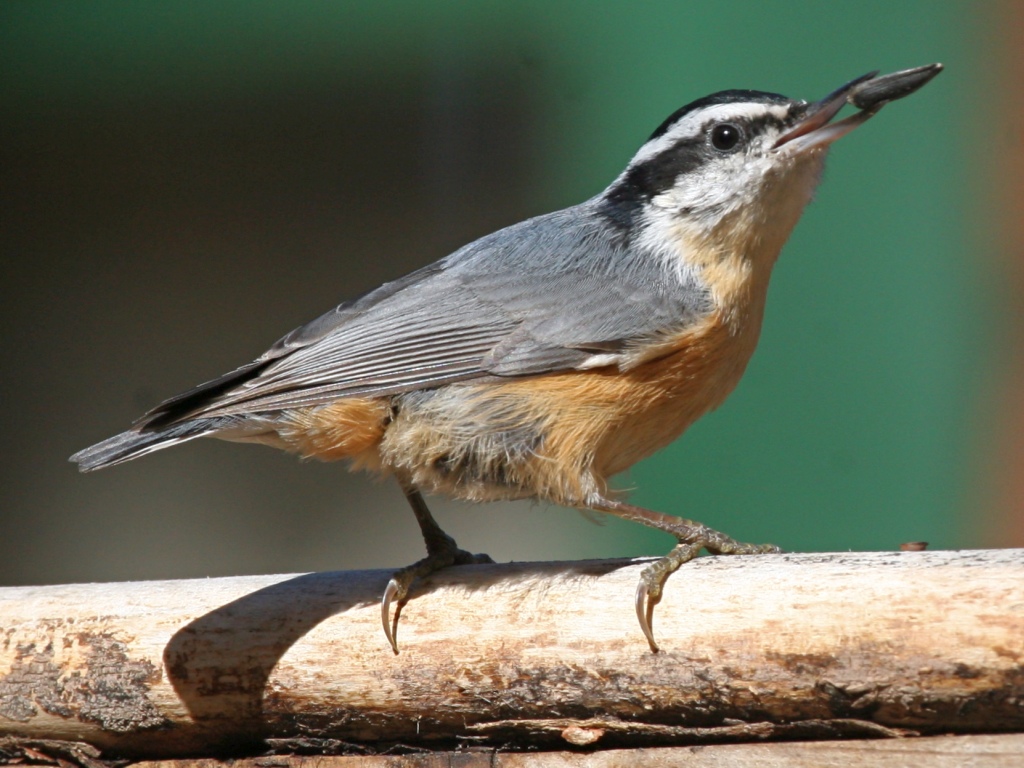
Because of patchy balsam fir cones, there should be a moderate to strong flight of red-breasted nuthatches into the U.S.
Blue jay (Cyanocitta cristata)
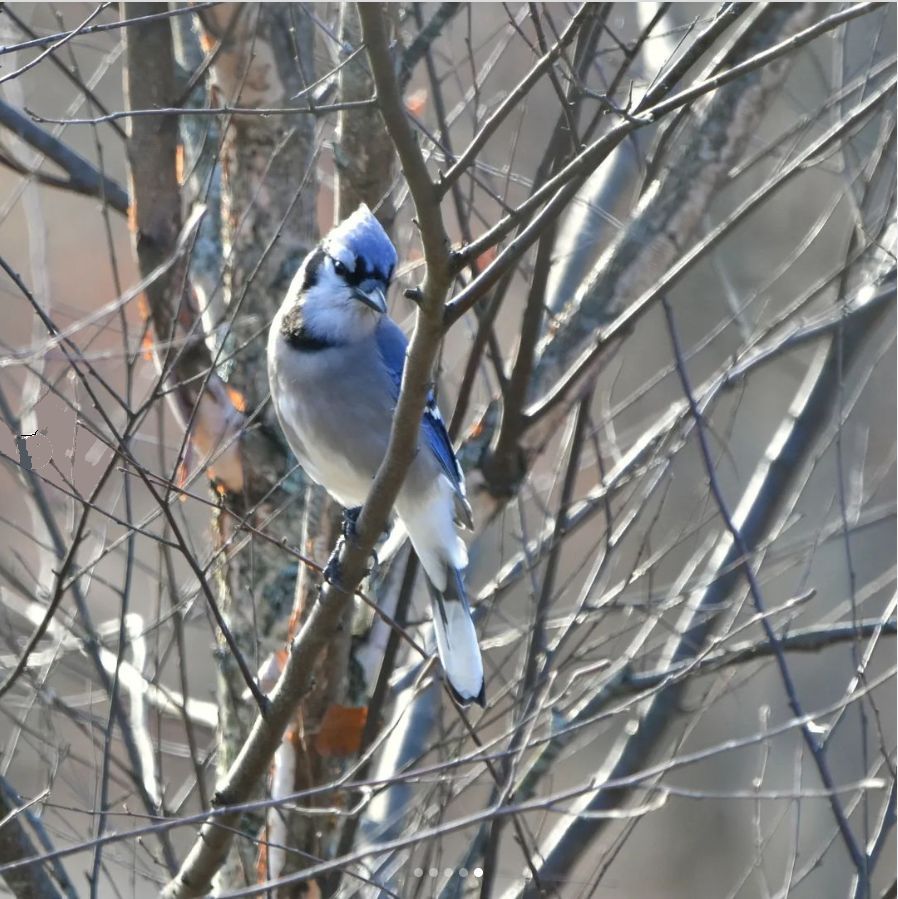
In eastern North America westward to Manitoba the deciduous tree crop (they love acorns on oaks) appears below average with scattered areas of average crops, so expect a moderate to strong flight this fall.
— 2024-25 Winter Finch Forecast
I’ve already seen lots of blue jays passing through!